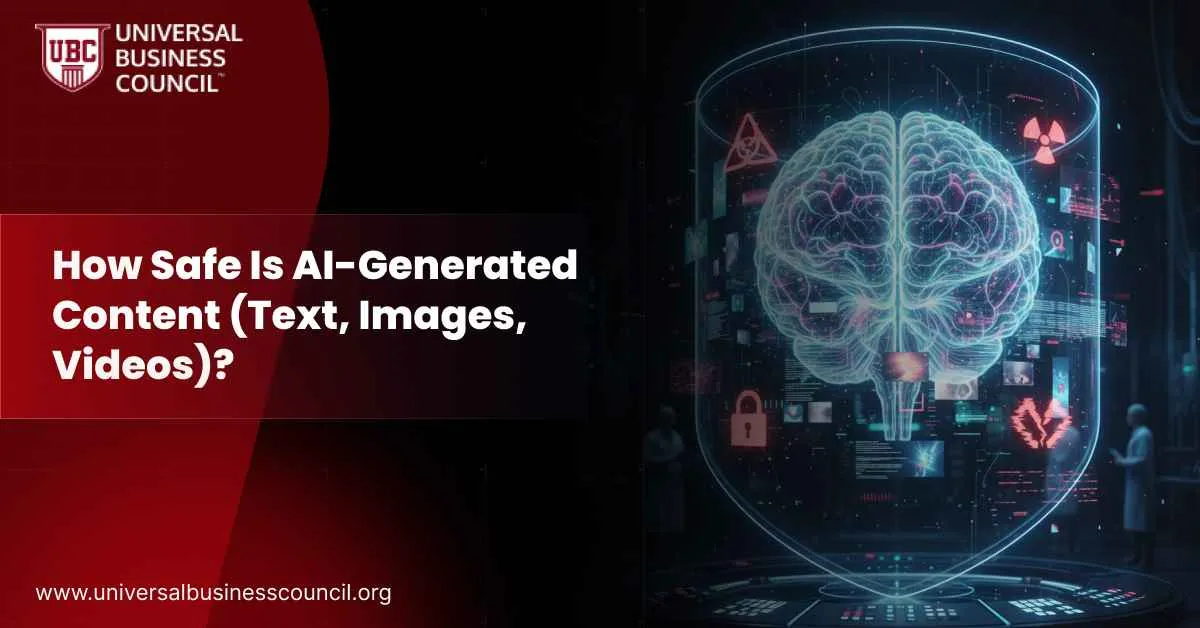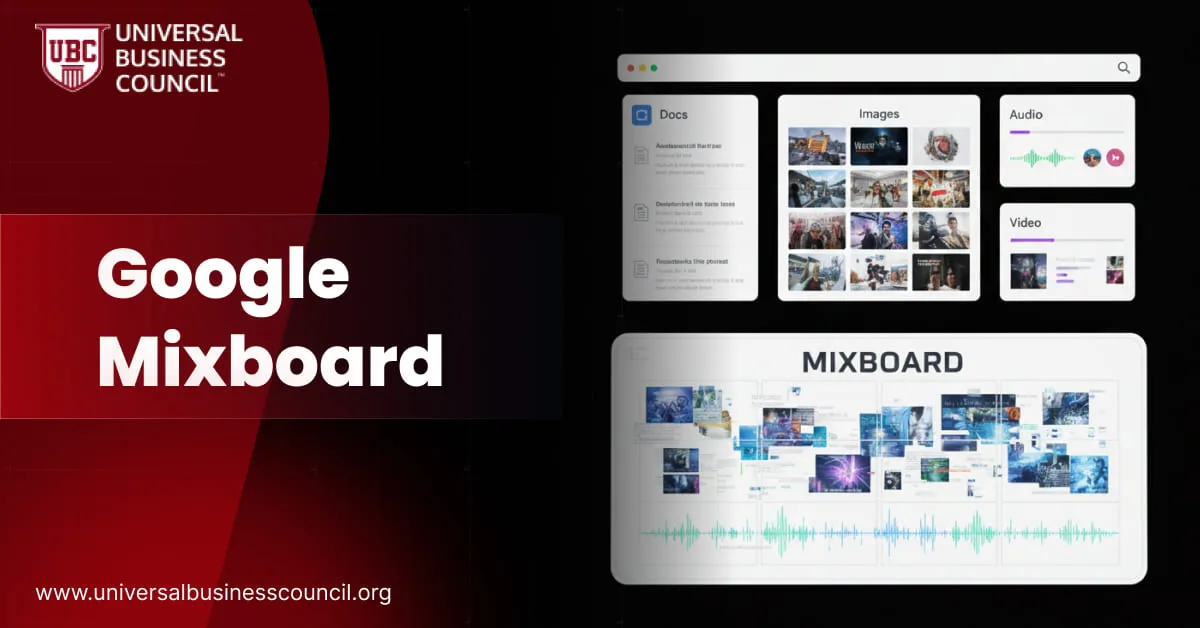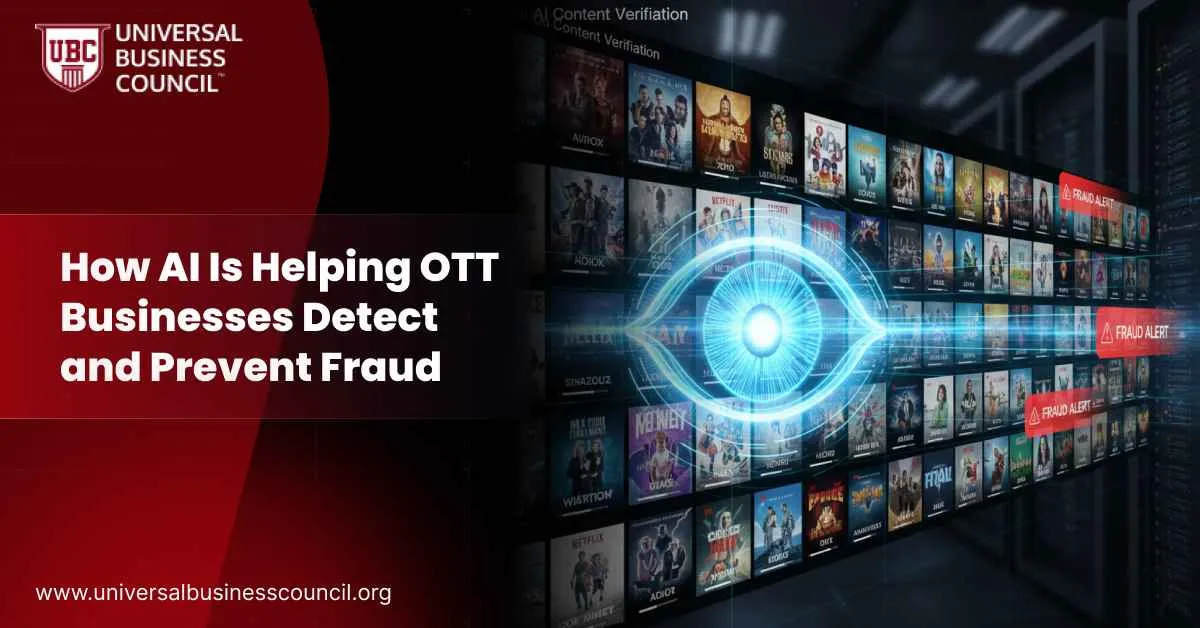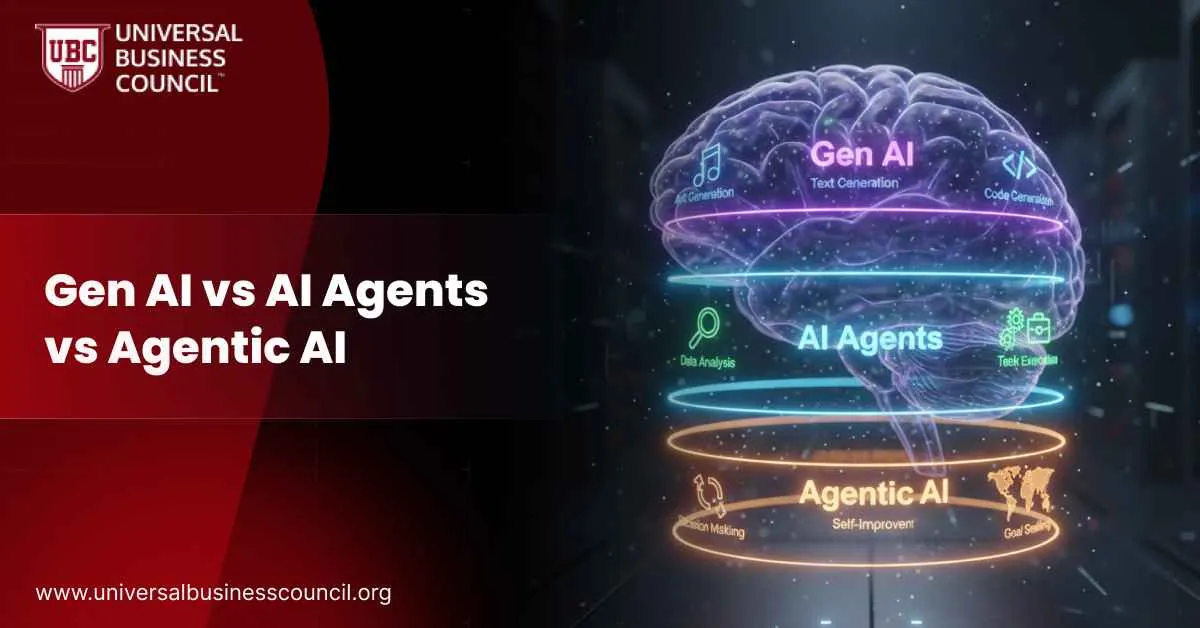 AI-generated content is everywhere now — from social media posts and customer service chats to photo-realistic images and viral videos. But the big question is: how safe is it? The answer depends on where and how it’s used. On one hand, generative AI can save time, boost creativity, and improve productivity. On the other, it raises issues of misinformation, privacy, and bias that cannot be ignored. For professionals who want to understand how these technologies fit into strategy, a Marketing and Business Certification offers guidance on linking AI tools to ethical and effective business growth.
AI-generated content is everywhere now — from social media posts and customer service chats to photo-realistic images and viral videos. But the big question is: how safe is it? The answer depends on where and how it’s used. On one hand, generative AI can save time, boost creativity, and improve productivity. On the other, it raises issues of misinformation, privacy, and bias that cannot be ignored. For professionals who want to understand how these technologies fit into strategy, a Marketing and Business Certification offers guidance on linking AI tools to ethical and effective business growth.
Understanding the Risks
AI-generated content comes with multiple concerns. Deepfakes are one of the most serious. These are synthetic videos or images that convincingly imitate real people. They can damage reputations, manipulate opinions, and even enable identity fraud. AI text brings its own risks, such as “hallucinations,” where models confidently present false statements as facts. Bias is another challenge. Since AI models are trained on data created by humans, they can reproduce stereotypes or unfair assumptions. This is particularly concerning in sensitive areas like hiring, healthcare, or education. Privacy also comes into play, as likenesses and voices can be copied without consent. Copyright and ownership create additional complexity. Current laws in the United States, for instance, do not grant copyright protection to works made entirely by AI without human creativity. That raises questions about who owns AI-generated material, especially when training data may include copyrighted works.Key Risks and Safeguards of AI-Generated Content
| Risk Area | Safety Measure or Response |
| Deepfakes and misinformation | Use watermarking, labels, and detection tools to spot manipulated media |
| Copyright and IP concerns | Clarify licensing, ensure human contribution for copyright claims |
| Hallucinations in text | Keep human review for legal, medical, and technical outputs |
| Bias and stereotyping | Train on diverse datasets, apply fairness checks |
| Privacy and identity misuse | Restrict non-consensual likeness use, add legal penalties |
| Child protection risks | Enforce strict monitoring and takedown systems |
| Lack of transparency | Mandate AI content labeling by law or regulation |
| Overtrust by users | Educate the public on limits of AI reliability |
| Regulatory uncertainty | Follow new laws in EU and US around AI safety |
| Platform responsibility | Platforms like YouTube adding deepfake detection to protect creators |




Leave a Reply